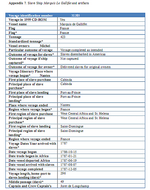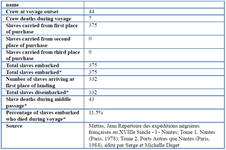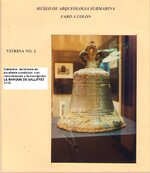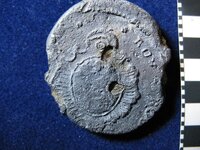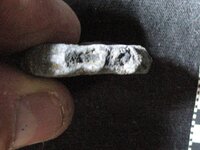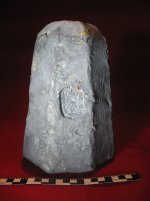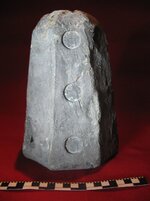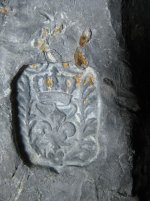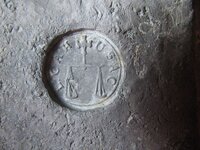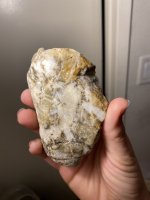This wax seal was found on a wreck here in the DR. It is obviously a family crest or coat of arms. Mostly the items recovered from this wreck shows the wreck was probably French. But this coat of arms with lions, castle, shell looks more Spanish or Portuguese than that of France. I am trying to put together a thesis or book with all the info of three years of excavation on this wreck. And i find myself back to trying to identify whose family crest this is? Obvious someone of importance.
This wreck may have been a slave trader, so when searching it may incorporate even a few more countries into the mix. Like Portuguese Guinea or Brazil? The bell found on the ship was dated 1770. Coins were dated up till 1778. There were French Spanish and Portuguese coins. And one French colonial coin.
Any help would be much appreciated.
CB
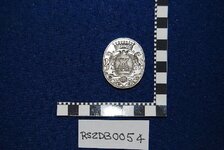
This wreck may have been a slave trader, so when searching it may incorporate even a few more countries into the mix. Like Portuguese Guinea or Brazil? The bell found on the ship was dated 1770. Coins were dated up till 1778. There were French Spanish and Portuguese coins. And one French colonial coin.
Any help would be much appreciated.
CB






